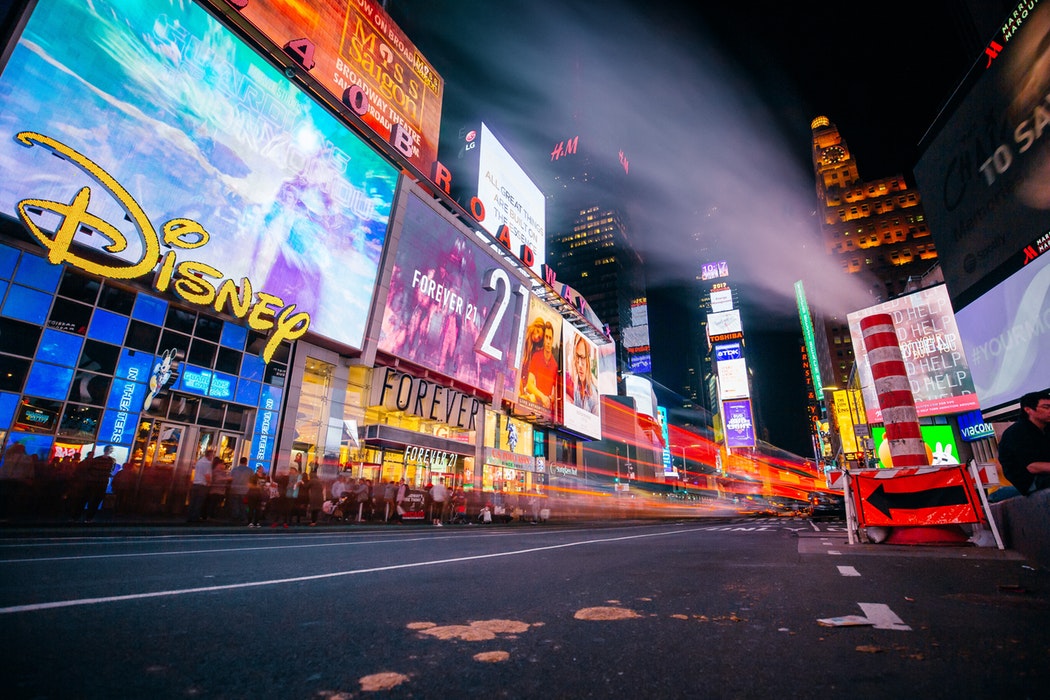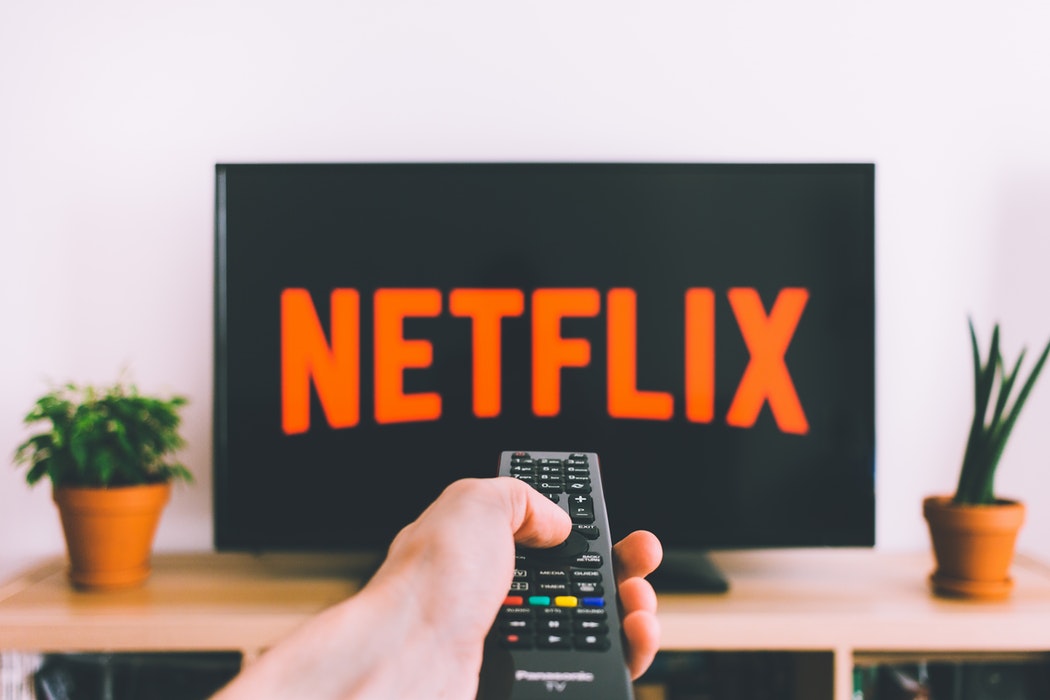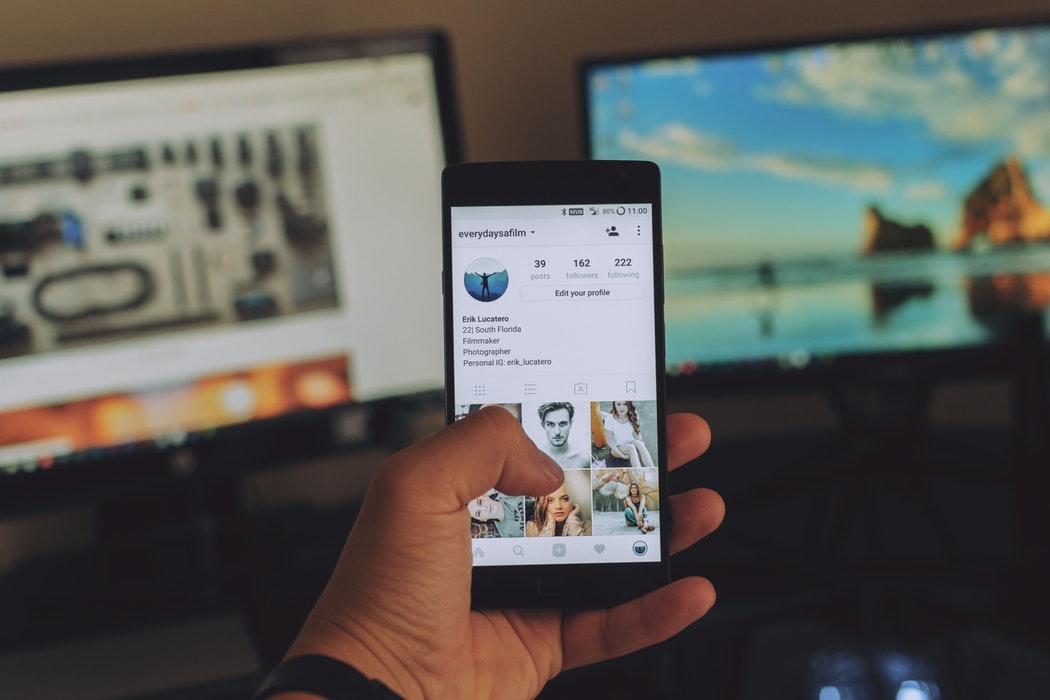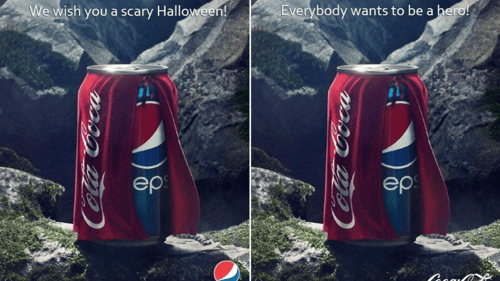Long live Don Draper (or why advertising is alive and well)

Posted by Lisa Sills
July 30th, 2018
Last week, Ian Leslie published a great piece on the New Statesman about the death of advertising. The strapline, in a Machiavellian feat of hyperbole reads, “advertising, once a creative industry, is now a data-driven business reliant on algorithms. The implications are deeply sinister – not only for the consumer but for democracy itself.”
Leslie mentions a YouTube video from Scott Galloway, a professor at New York University’s Stern School of Business. Galloway, a noted expert in adland, makes the point that creating a brand in the ‘90s involved taking, “an average beer, average car, or average suit” and giving it positive associations – in taking the mundane and blowing it up; or, essentially, in finding the sublime in the ridiculous.
Despite the lofty title, Leslie’s piece barely dances with the idea of the death of advertising, instead framing it around the rise of algorithms and data as the zeitgeist.
The death of the old ways?
Leslie is right about the ‘90s (and '00s) being about peddling mediocrity; back then, the overriding trend on the internet saw marketers using every dirty trick they had to dupe Google into ranking their websites higher.
Old, black-hat tactics included spamming companies into dozens of directories; typing keywords in a camouflaged font colour and stuffing them into footers or relevant ‘blank’ pages; creating dozens of interlinking, low-quality pages of terrible, no-good content.
Likewise, a display ad and its flashing newness was enough to drive clicks en-masse.
Of course, black-hat tactics will (theoretically) get you thrown from the SERPs and display ads have fostered an ad blindness that’s rendered most banner ads ineffective – and that’s before we consider the proliferation of adblockers which purge almost all ads from the internet.
Leslie (and Galloway) have a solid point in their mistrust of the ad industry: “When’s the last time you saw an ad agency executive on the cover of Business Week?” Galloway says, in his YouTube presentation. “No one cares what they think. Don Draper has been killed, drawn and quartered. The big idea in advertising is a small idea nobody cares about.”
Don Draper and his acolytes of ‘always-selling-men-in-suits’ may be dead, but advertising is alive and well. The truth?
Advertising has a PR problem.
RIP…everything
A casual Google search for ‘is [x marketing term] dead’ will return hundreds, if not thousands, of articles detailing its ailing health.
Content marketing is dead because brand storytelling is the new on-fashion trend. Print is dead, murdered by decreasing attention spans and the zeppelin of online content (which, lest we forget, is also dead) thanks to… an unsustainable digital ad juggernaut that’s forcing publishers to churn out shit.
Of course, it’s all a question of phrasing. Content marketing is dead at the hands of brand storytelling, sure – but good content marketing is built on a matrix of brand storytelling and great production.
Brand storytelling exists within content marketing, in much the same way that digital ads are now a tenet of advertising. It isn’t a case of either/or – or certainly it shouldn’t be.
An effigy to attention
In the mediocratic digital age, toddlers are masters at navigating the internet on their tablets. They are socialised to consume as soon as they’re old enough to prop a tablet in their laps while they use the potty. It’s an easy trap for parents.
Across Europe, about 46 percent of 9-16 year olds own a smartphone, according to a 2015 study from New Media & Society. And that was 2015 – so expect the age to decrease as the years move.
These kids aren’t growing up to be brainwashed zombies with the attention span of a goldfish. We’re not facing a Black Mirror-esque situation in 20 years’ time in which a roomful of eight-year-olds tap emptily at the tech of the day and glub like fish, incapable of intelligent thought.
If anything, young consumers are growing up with a healthy distrust of advertising. 77 percent of Gen Z prefer ads that show real people in real situations, while Millennials and Gen Z are feeling alienated by ads on social media.
Further, 2017 was the first year where global digital ad spend surpassed TV ad spend. By 2020, it’s expected that digital ads will make up 50 percent of all ad revenue.
But advertising isn’t dead. For one, Leslie’s piece considers the death of the Don Draper school of advertising where morals were questionable at best and entirely abandoned at worst. This was, after all, the era where ads for cigarettes plastered doctors on collateral to talk about the health benefits.
It’s the kind of absurdity that would be laughed out of a marketing meeting now.
Traditional media, and all that it entails, isn’t dead any more than digital. It’s lazy thinking from marketers who still peddle siloed systems, where advertising and digital live in separate vacuums. Integrated marketing is the first proof-point; making something great is the second; making something great that’s actually relevant is the third.
It’s not so much a magic formula as an obvious hat tip to common sense – and part of the driving force of the decline/mistrust of advertising, both online and off.

TV – a failing behemoth?
An eMarketer forecast suggests US TV ad spend will decline by a further half percent in 2018, to (a-not-to-be-sniffed-at) $69.87 billion.
As per an accompanying article, “This will bring TV’s share of ad spend down to less than a third of US ad revenue in 2018, falling from 33.9 percent last year to 31.6 percent in 2018.” TV’s biggest events, the piece continues, are seeing declines in viewership too.
The takeaway is simple: TV (and traditional advertising) is declining because viewership is down, with audiences snaffled by over-the-top platforms (think Hulu and Netflix) and users who are downloading content from torrenting sites as soon as it’s freely available.
A harder clampdown on piracy might seem like an obvious solution, but that’s short-sighted too. Why not simulcast to online players or make the file dowloadable after the first air? Why can’t HBO seed their shows, ads intact? Users are going to rip it and reupload it, so making it available at the source may offer some value.
And it’s not just TV and print; digital has taken a hit too. Procter & Gamble cut $200 million in digital ad spend to focus on smarter targeting and saw a 10 percent uplift in reach. Unilever is planning to follow suit.
Brands are demanding more from their digital agencies, and it’s this ability to ask that’s driving much of the shift. TV advertising is comparatively limited in its targeting.
Digital advertising has a secret weapon in retargeting, where ads can move around the internet with users, tailored to the specifics of how they might act next. ASOS has used the tactic particularly well: as of mid-October 2017, ASOS sales passed £1.8 billion, with profits jumping 145 percent – a massive win for the e-tailer.
Its retargeting strategy is simple but effective: if a customer buys black shoes, show them more shoes on Facebook and other digital platforms.

It’s easy for e-tailers with obvious trends and a massive trove of data around intent. It’s not so easy when you’re selling something less concrete. Professional services, for example, is never going to be as sexy, or as easy, as FMCG or retail.
The ethics of the everywhere ecosystem
As much as Leslie wrote about the death of advertising, the fulcrum of the piece is on interrogating the effect of algorithmic digital advertising. We’ve written before about the case for chaos and eschewing data for a great creative, but it’s a point that remains pertinent: digital users (especially in Gen Z) don’t fully trust digital.
Big brands and product conglomerates are following suit: P&G is the obvious example. Coca-Cola is another.
Algorithmically-driven content is a win until it isn’t. It’s efficient sure, but it can feel exploitative, especially post the Cambridge Analytica scandal.
The algorithm both reacts and informs; it’s fed and it feeds, fuelling a self-sustaining rabbit hole of whatever.
Brands don’t just want numbers; they want cause and effect. Invariably, audiences don’t like most advertising: it’s intrusive and can feel just as scattershot as traditional ads.
The onus is on digital agencies to be smarter with how they approach digital, from the creative through to the targeting. Create great content. Feed it appropriately. Cap frequencies and don’t stalk potential buyers around the internet.
Embrace finesse and understand that consumers have power. Essentially, give consumers choice – or face a flatline that really will drive the death of advertising.
Want to create data-driven marketing that works?
Interested in telling your brand's story? Get in touch and we can help.

Lisa Sills

Previous Post
How a cross-platform social media strategy can help you build your brand
Next Post

How does LinkedIn compare to Facebook for social media advertising?
Subscribe Here
You may also like...
Nicole Thomsen | Dec 11, 2023
Nicole Thomsen | Nov 6, 2023
Nadia Reckmann | Nov 2, 2023






